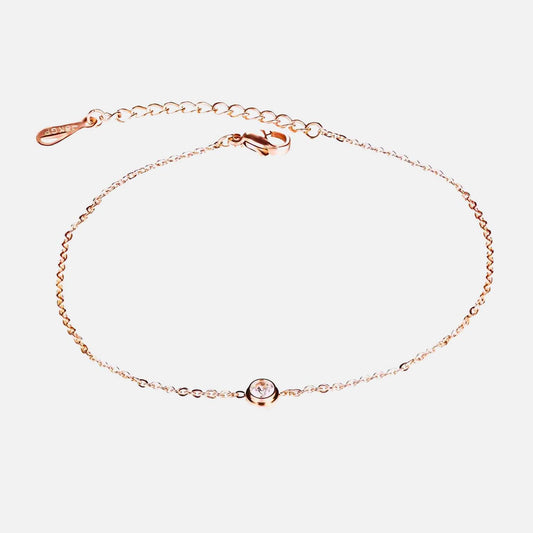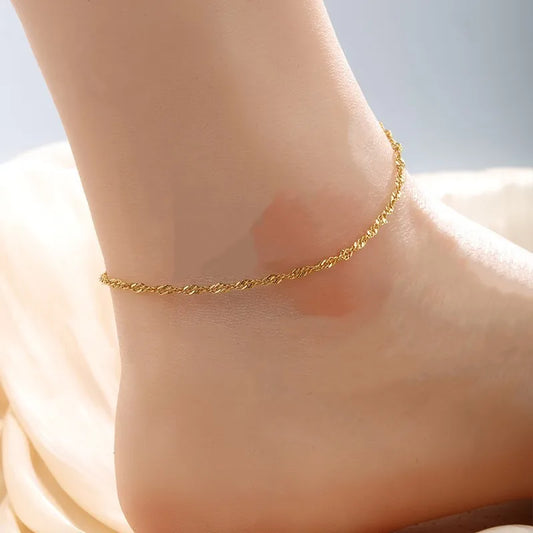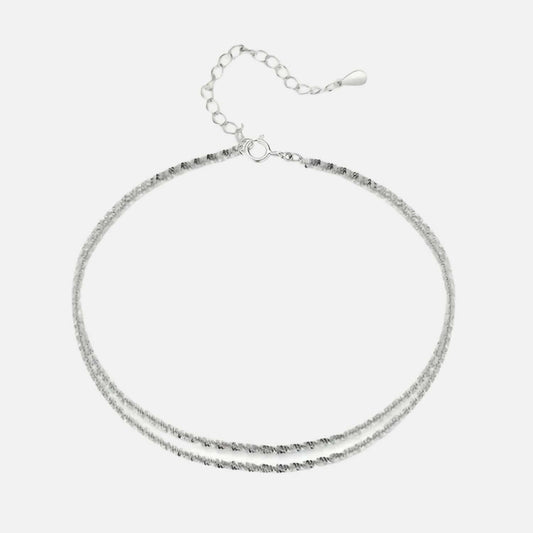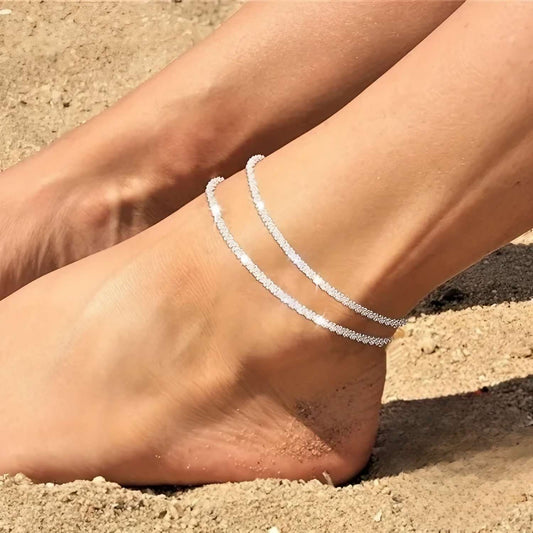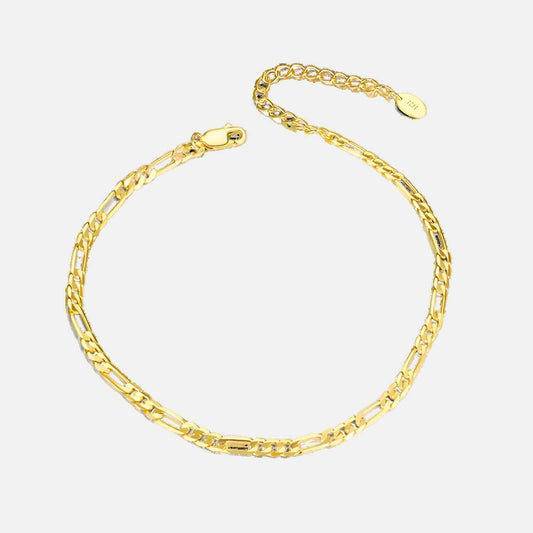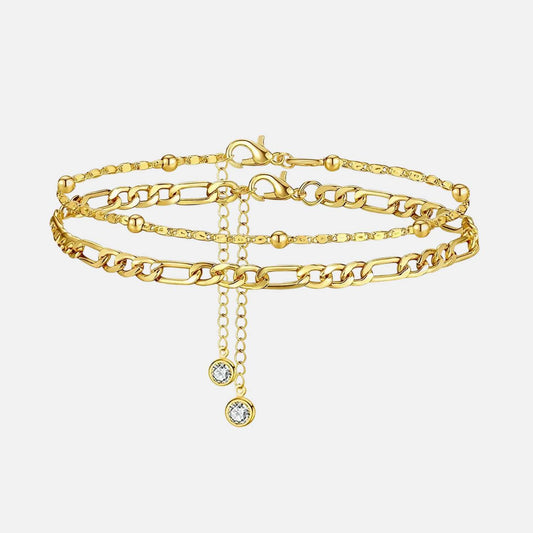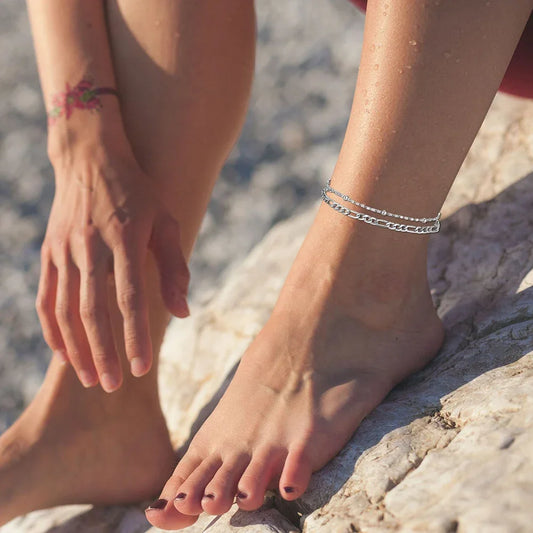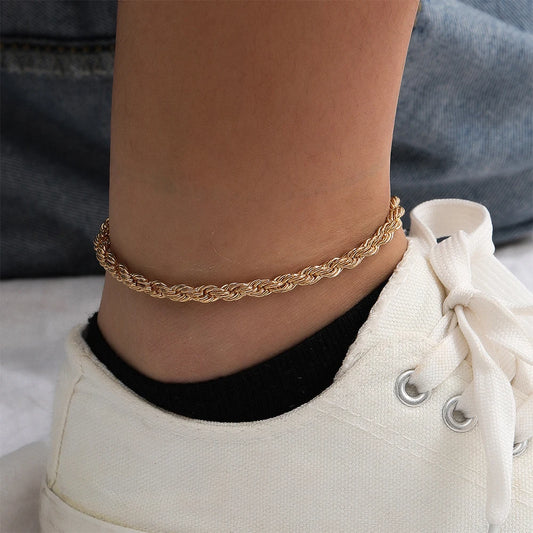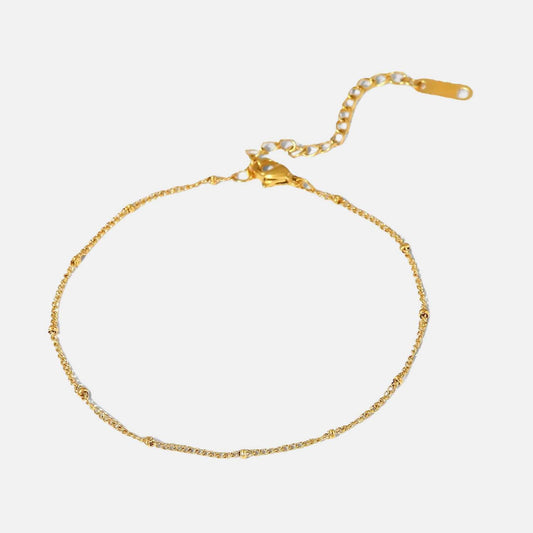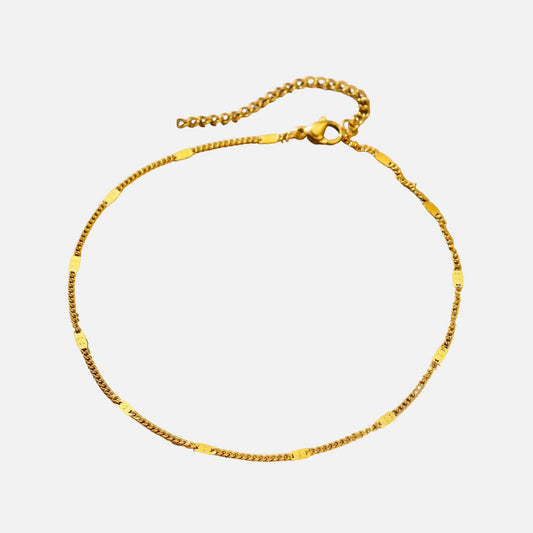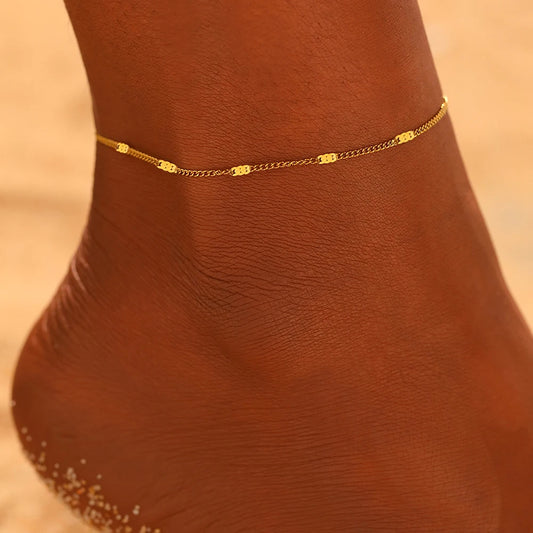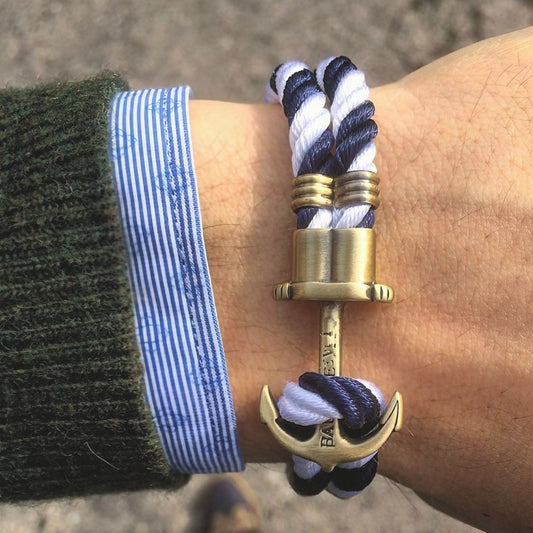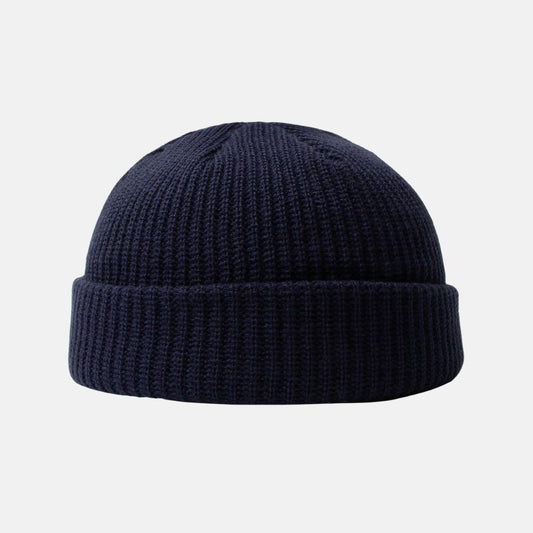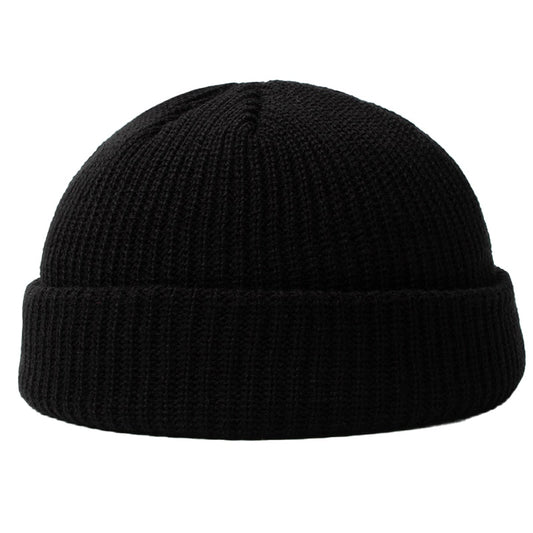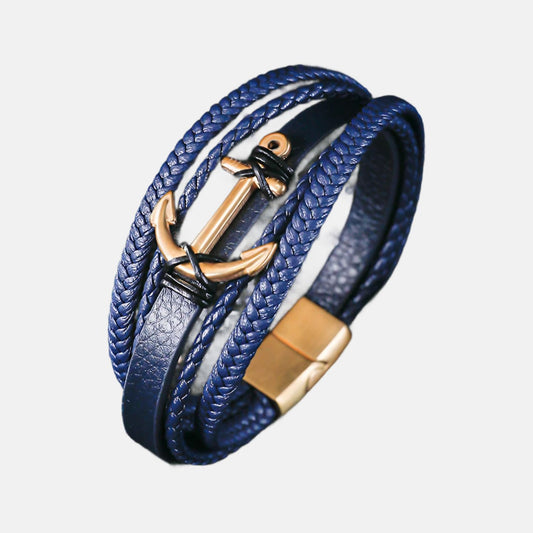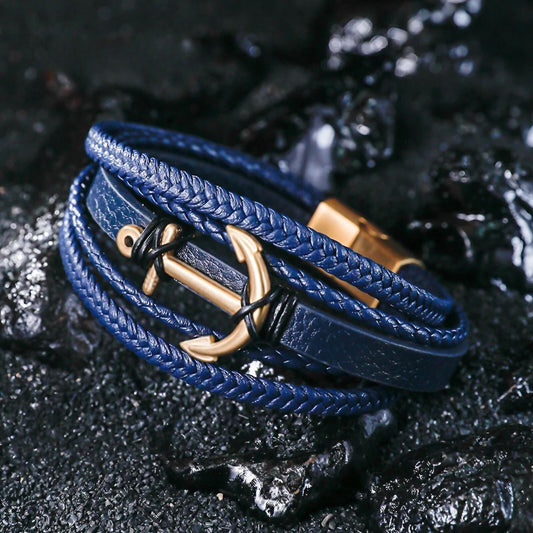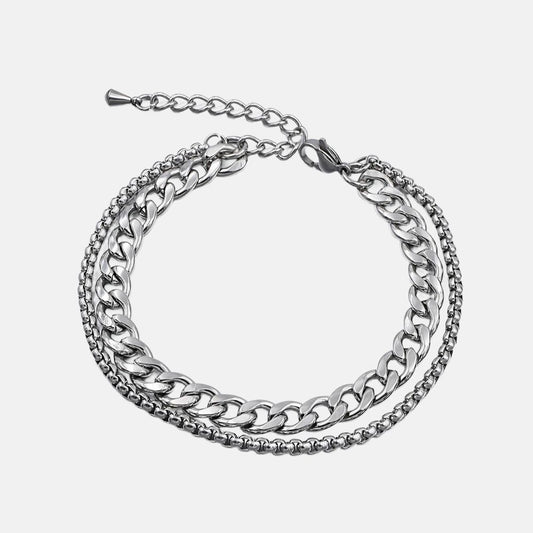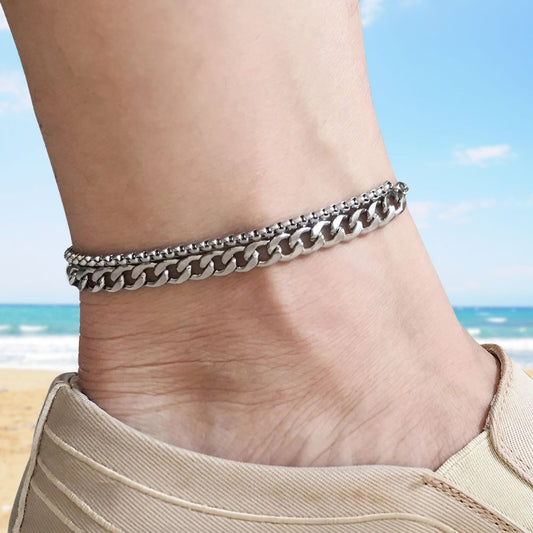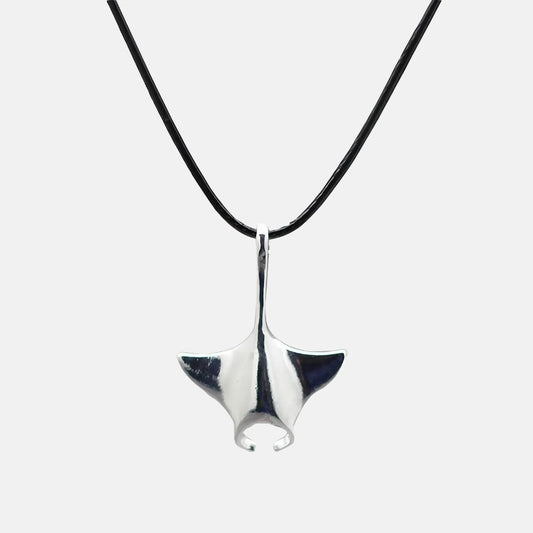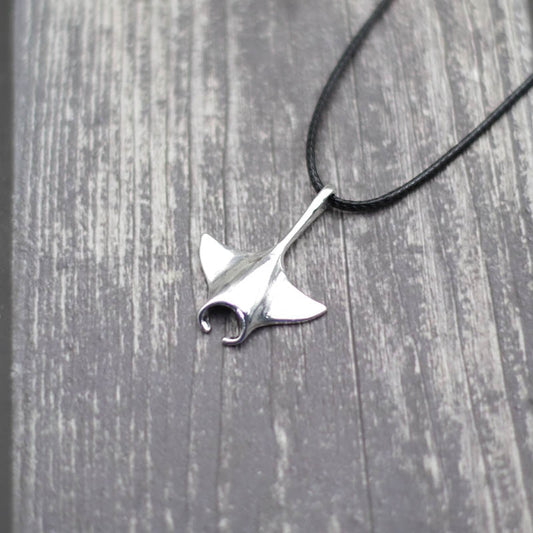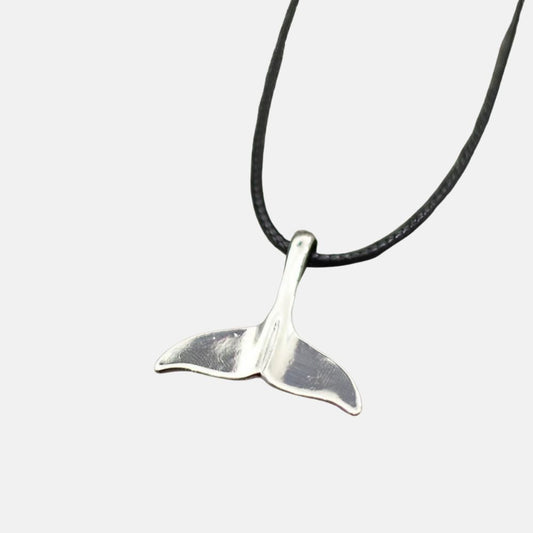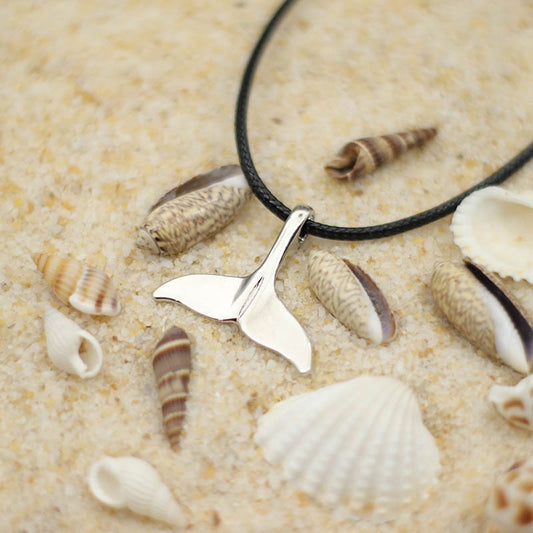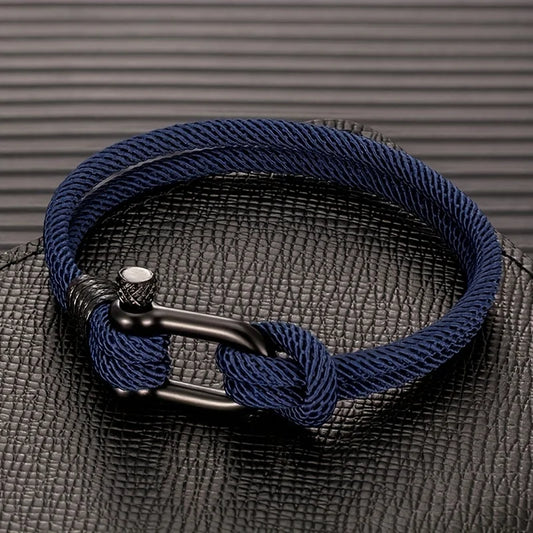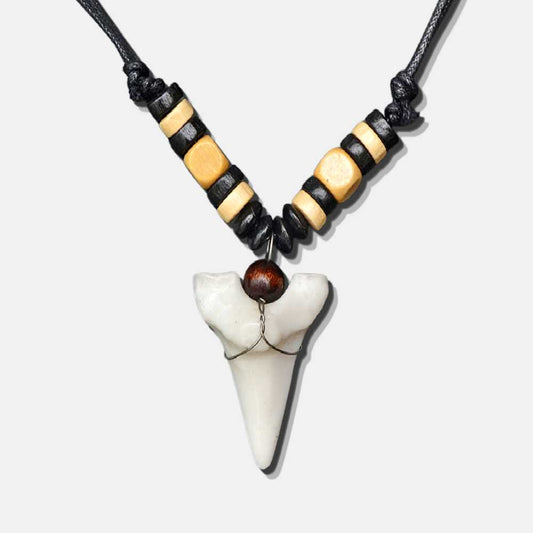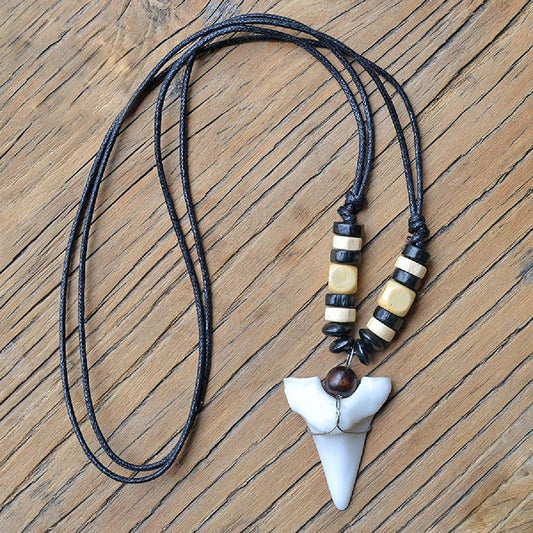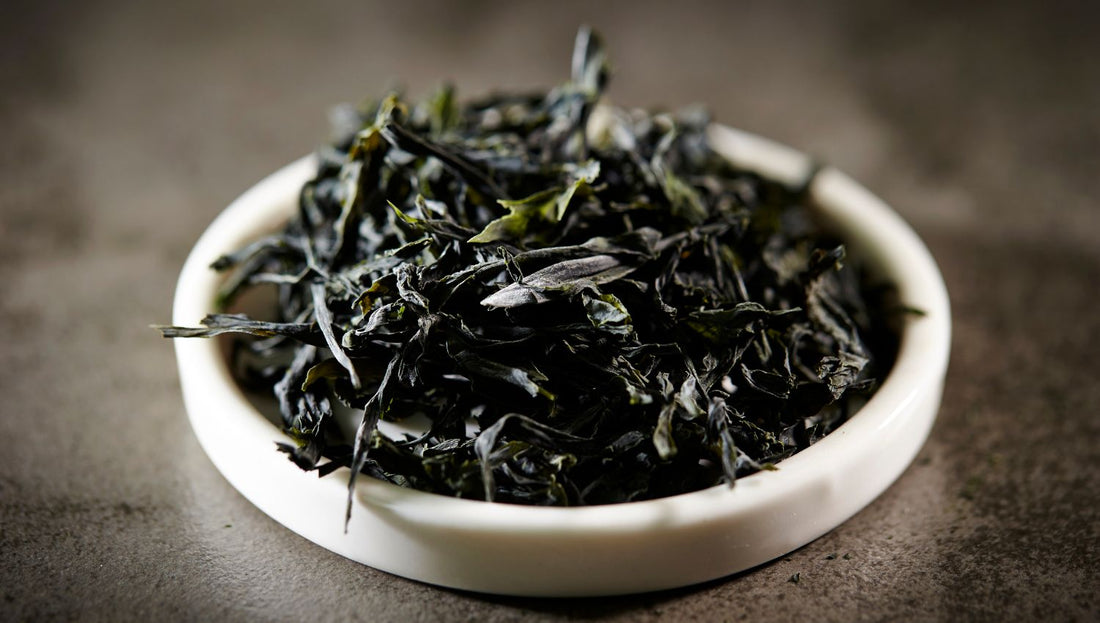
Are algae eaten? Complete guide to enjoying seaweed safely
Algae , these aquatic photosynthetic organisms, have been consumed for millennia by many cultures around the world. But legitimate questions arise: Can algae be eaten? Which ones to prioritize? How to cook them? This article offers you a complete guide to enjoying seaweed safely.
The nutritional benefits of seaweed
A source of varied nutrients
Seaweed is rich in vitamins , minerals , proteins and fiber. They contain vitamins A, B, C and E, iron, calcium, magnesium, potassium and phosphorus. Some algae, such as spirulina and chlorella microalgae, are also rich in complete proteins , that is, containing all the essential amino acids.
Give your walls a magical seaweed brushstroke with our ocean-inspired paintings ! 🎨
Antioxidants beneficial for health
Algae has antioxidants , such as carotenoids and phycocyanins, which help fight free radicals responsible for cellular aging and certain diseases.
Toxic algae and the precautions to take
Potentially toxic algae
Some algae can be toxic , such as algae that produce toxins during "red tides" or blue-green algae. Consumption of these algae can cause digestive, neurological and respiratory problems. It is therefore crucial to identify them correctly before consuming them.
Precautions for harvesting and consumption
- Only harvest algae from clean , unpolluted areas.
- Be sure to identify edible seaweed and learn about local regulations regarding harvesting seaweed.
- Choose seaweed purchased from reliable and preferably organic suppliers.
Edible algae and their uses in cooking
The most popular algae
Among the most consumed seaweeds, we find in particular:
- Nori : used for sushi and makis.
- Dulse : delicious in salad or chips.
- Wakame : ideal for soups and salads.
- Sea lettuce : perfect for salads and tartares.
- Spirulina and chlorella : in powder or tablet form, to incorporate into smoothies, juices, sauces or soups.
Sea shells? Phew, it’s so 2020! Discover our collection of shells that will delight every algae grower! 🐚🌱
How to cook seaweed?
Seaweed can be eaten raw , cooked, dried or rehydrated. They go well with savory or umami flavors and can be used to enhance vegetable, fish or seafood dishes. You can also incorporate them into smoothies, pestos , pastas, risottos, quiches, omelettes or savory tarts. Here are some ideas to get you started:
- Seaweed and fresh vegetable salad : combine different seaweeds (dulse, sea lettuce, wakame) with seasonal vegetables and a light vinaigrette.
- Seaweed Miso : Add rehydrated wakame to traditional miso soup for a comforting, nutrient-rich dish.
- Seaweed pesto : mix seaweed (like dulse) with garlic, walnuts, olive oil, lemon juice and parmesan for an original and tasty pesto.
- Seaweed Quinoa Patties: Incorporate chopped seaweed (like nori) into quinoa patties for a marine twist and extra protein.
Conservation and preparation of algae
Algae conservation
Fresh seaweed generally keeps for a few days in the refrigerator, while dried seaweed can be stored for several months in a cool, dry place protected from light. Once rehydrated, seaweed should be consumed quickly.
Who said size matters? Dive into our article to discover the smallest marine animals that make a big difference in the ecosystem! 🐠
Preparation of seaweed
Before using fresh seaweed, rinse it thoroughly in clean water to remove sand and any residue. For dried seaweed, it was usually enough to soak it in lukewarm water for a few minutes to rehydrate it. Once rehydrated, drain them and cut them if necessary before incorporating them into your recipes.
Conclusion
Seaweed is a nutrient- and flavor-rich food that deserves to be included in our diet . However, it is essential to be familiar with edible algae and to take the necessary precautions to avoid consuming toxic algae. With a little creativity and knowledge, seaweed can become real allies for healthy and tasty cooking.


